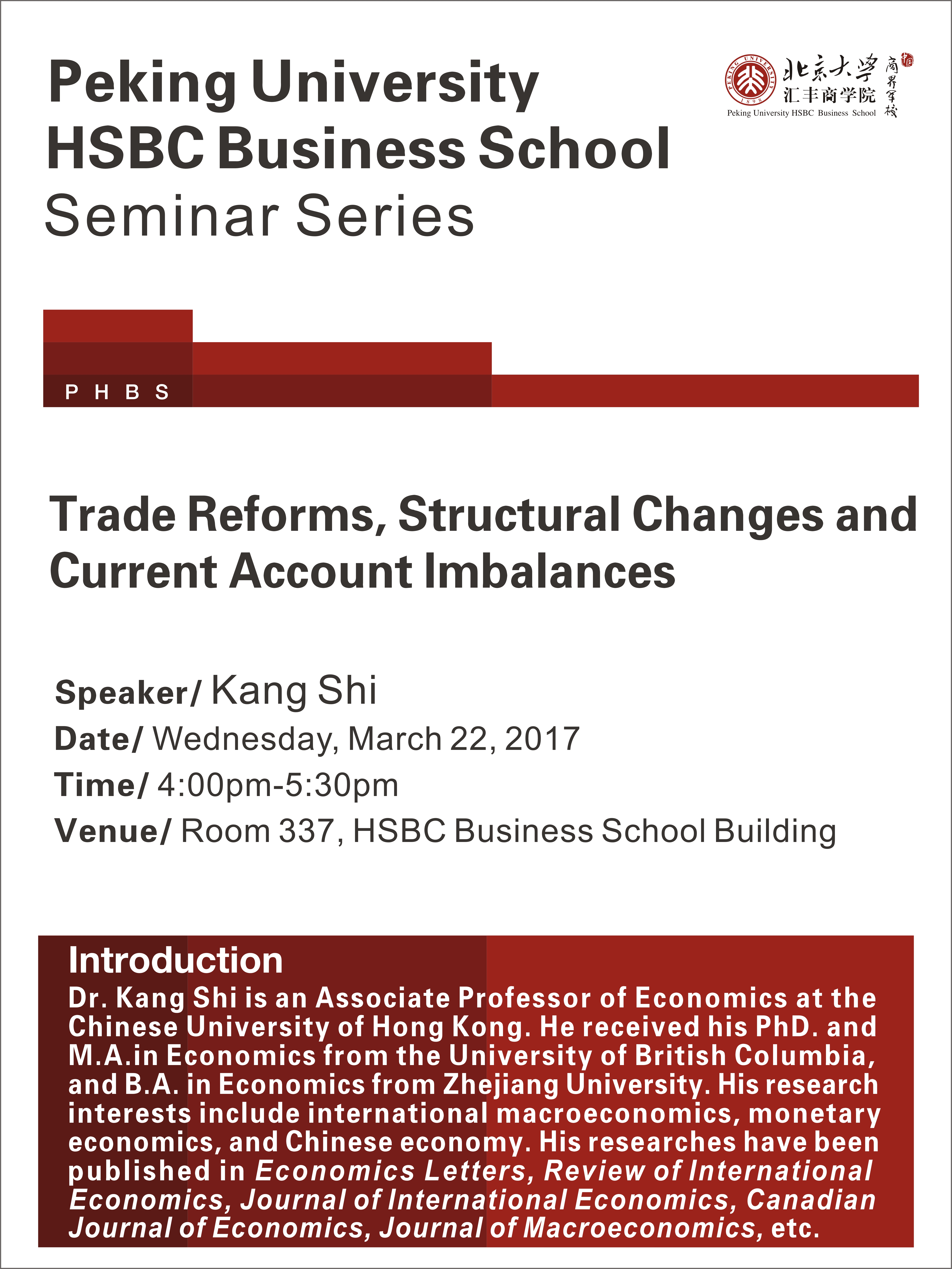
This paper presents a dynamic Hechscher-Ohlin model that can discuss the effects of a permanent shock such as a tariff cut on structural changes and current account balance. We make three contributions. First, we introduce an endogenous discount factor to solve the technical problem of interest rate over-determinationin a dynamic Heckscher-Ohlin model, which was
rst raised by Stiglitz (1970). Second, we find that in a general equilibrium setting trade liberalizations in a developing country generally lead to capital outflow. In comparison, trade liberalizations in a developed country would result in capital inflow. Therefore, efficient trade reforms can contribute to global current account imbalances. Third, following a trade reform, the current account imbalance. Third, following a trade reform, the current account imbalance first widens and then falls back to zero. Thus, the model predicts an inverse-V-shape pattern for global imbalance following China’s accession to the WTO: the current imbalances rise first for a few years and then start to shrink.









